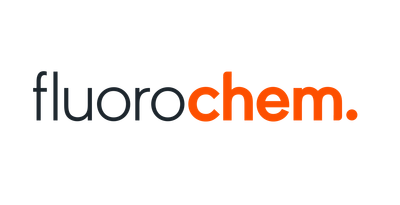Verzending 24–48 u • Levering in de hele EU • Veilige chemieverpakking
Plaques HPTLC RP-18 W / UV254 - modifiées par octadécyle, 10 x 10 cm, 0,25 mm, 25 pièce(s)
Référence 3380.1
€ 303,67
En stock
1
Enregistrer ce produit pour plus tard
Plaques HPTLC RP-18 W / UV254 - modifiées par octadécyle, 10 x 10 cm, 0,25 mm, 25 pièce(s)
Détails du produit
Code SH: 38229000
Matériel: Glass
EAN: 8721028182616
Marque: Macherey-Nagel
Materiaal: glaswerk met octadecylgemodificeerde nano-silicagel 60, met fluorescentie-indicator.
Revered Phase (RP) platen
Koolstofgehalte 7,5 %
Gedeeltelijke octadecyl (C18) wijziging
Polariteitsvolgorde:
Silicagel a > DIOL > NH2 > CN > RP-2 > RP-18 W
Bevochtigbaar met water
U vindt nog meer aantrekkelijke aanbiedingen om uw chromatografielaboratorium te vervolledigen op onze Chromatografie pagina!
HPTLC-plaatjes RP-18 W / UV254 - octadecyl-gemodificeerd
Technische informatie
| Plaatformaat | 10 x 10 cm |
| Laagdikte | 0.25 mm |
| Materiaal | glaswerk |
| Wijziging | Silica gel with octadecyl (C18, ODS, RP18) modification |
| Scheidingsprincipe | Reversed phase (RP) |
| Fase | RP-18 W |
| Partikel grootte | 5-17 µm |
| Partikel soort | Fully porous particles (FPP) |
| Poriëngr. | 60 Å |
| Poriënvolume | 0.75 ml/g |
| pH-stabiliteit | 2,0-8,0 |
| Temperatuurstabiliteit | High |
| Aanbevolen toepassing(en) | Aminophenols, Barbiturates, Nucleobases, Phthalates, Plasticizers, Polycyclic aromatic hydrocarbons (PAH), Preservatives, RP applications (preparative), Steroids, Tetracyclines, Wettable with water |
U vindt nog meer aantrekkelijke aanbiedingen om uw chromatografielaboratorium te vervolledigen op onze Chromatografie pagina!
Thin Layer Chromatography (TLC)
Although the principle of thin-layer chromatography is more than a century old, it did not make its breakthrough as an analytical method until about 50 years ago.
Thanks to the development of new sorbents and supports, as well as increasing instrumentation and automation, TLC has become a versatile separation method. It is used both in qualitative analysis and in quantitative analysis.
Applications range from simple manual separation processes in classic TLC to automated processes in HPTLC (high performance thin layer chromatography).
Advantages of thin layer chromatography:
- Higher sample throughput in less time
- Suitable for screening tests
- Pilot process for HPLC
- The ready-to-use TLC layer functions as a data storage device for separation results
- The separated substances can be used later for further analysis (e.g. IR, MS)
- By switching the mobile and the stationary phases, the separation process can be optimised quickly and cost-efficient
Vous aimerez peut-être aussi
![3-Bromo-5-methyl-1H-pyrazolo[4,3-b]pyridine, 98%, 100mg 3-Bromo-5-methyl-1H-pyrazolo[4,3-b]pyridine, 98%, 100mg](https://d2j6dbq0eux0bg.cloudfront.net/images/88473019/4861255083.png)
3-Bromo-5-methyl-1H-pyrazolo[4,3-b]pyridine, 98%, 100mg
3-Bromo-5-methyl-1H-pyrazolo[4,3-b]pyridine, 98%, 100mg
Référence F791934-100MG
€ 255,20
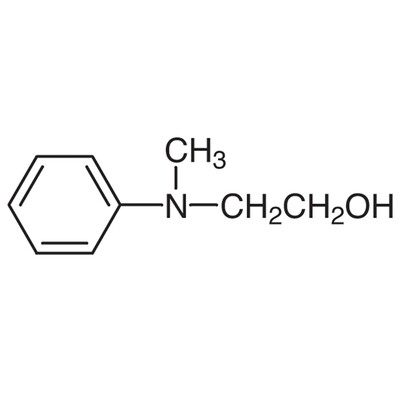
2-(N-Methylanilino)ethanol>97.0%(T)25mL
2-(N-Methylanilino)ethanol>97.0%(T)25mL
Référence H0359-25ML
€ 17,60
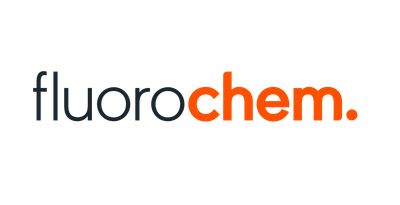
dimethyl thiophene-3,4-dicarboxylate, 95+%, 100mg
dimethyl thiophene-3,4-dicarboxylate, 95+%, 100mg
Référence F603388-100MG
€ 55,00
End user declaration required
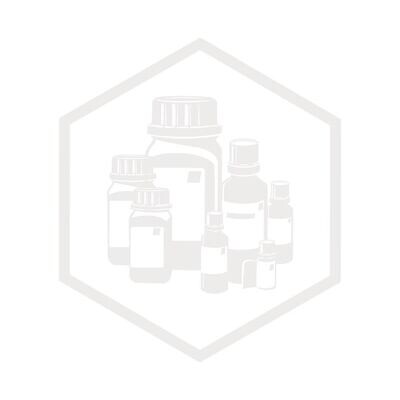
Hydroxyde de cuivre(II), min 97,5 %, extra pur, 100 g, emballage plastique.
Hydroxyde de cuivre(II), min 97,5 %, extra pur, 100 g, emballage plastique.
Sólo para empresas registradas
Référence 9864.1
€ 24,07
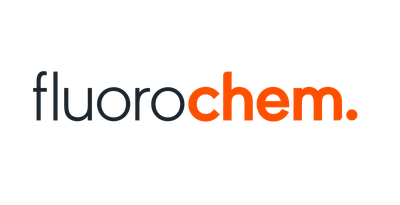
tert-Butyl 5-bromoindoline-1-carboxylate, 95.0%, 5g
tert-Butyl 5-bromoindoline-1-carboxylate, 95.0%, 5g
Référence F076397-5G
€ 38,50
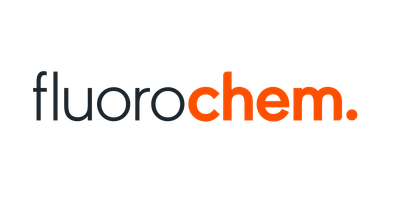
Quinoline-5-carboxylic acid, 98.00%, 25g
Quinoline-5-carboxylic acid, 98.00%, 25g
Référence F066328-25G
€ 254,10
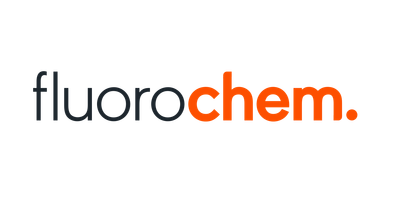
3,3-Difluoropiperidin-4-ol hydrochloride, 95.0%, 5g
3,3-Difluoropiperidin-4-ol hydrochloride, 95.0%, 5g
Référence F497596-5G
€ 2 280,30
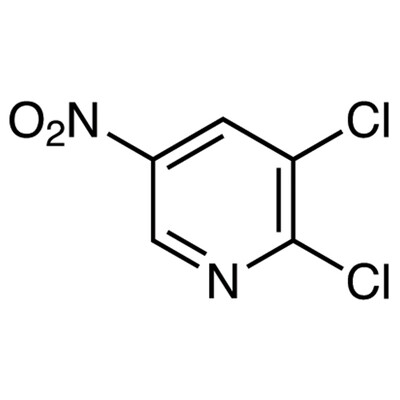
2,3-Dichloro-5-nitropyridine>98.0%(GC)1g
2,3-Dichloro-5-nitropyridine>98.0%(GC)1g
Référence D4416-1G
€ 31,90
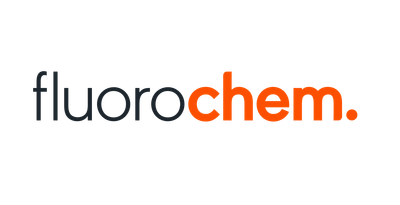
(S)-ETHYL 2-AMINOBUTANOATE HCL, 95.0%, 1g
(S)-ETHYL 2-AMINOBUTANOATE HCL, 95.0%, 1g
Référence F473791-1G
€ 22,00
Afficher les prix en :EUR
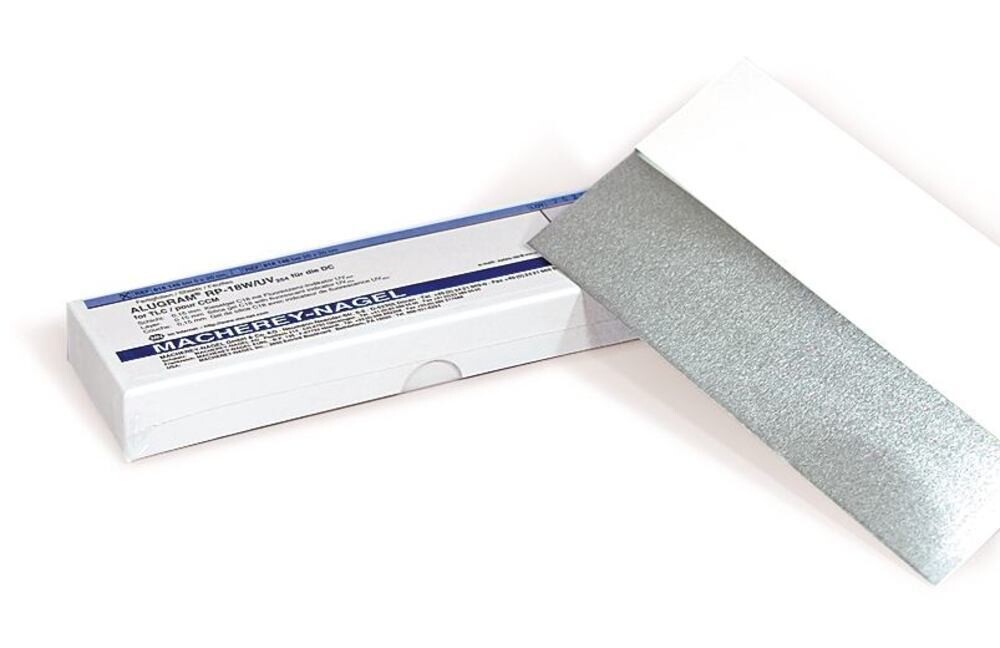

![4-[4-[[2-(4-Chlorophenyl)-5,5-dimethyl-1-cyclohexenyl]methyl]-1-piperazinyl]benzoic Acid Hydrochloride, 97.0%, 5g 4-[4-[[2-(4-Chlorophenyl)-5,5-dimethyl-1-cyclohexenyl]methyl]-1-piperazinyl]benzoic Acid Hydrochloride, 97.0%, 5g](https://d2j6dbq0eux0bg.cloudfront.net/images/88473019/4863517633.png)
